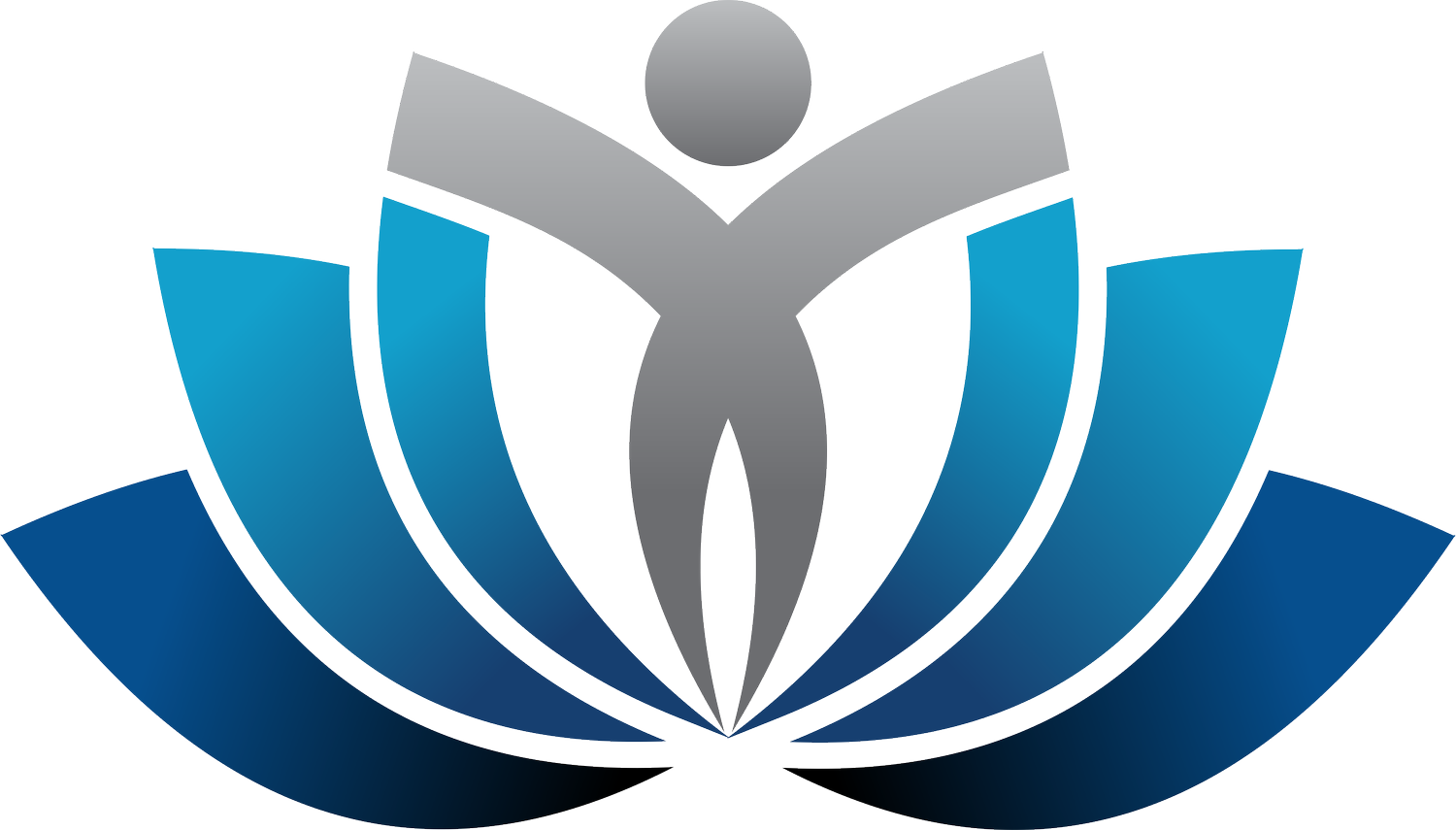Perimenopause, Hormones, and Musculoskeletal Pain: What’s Happening—and What Helps
At Advanced Manual Therapies, we’ve noticed a pattern lately—many women in their 40s and early 50s walk through our doors with joint aches, tendon pain, or stiffness, but no clear injury. Often, they don’t realize they’re in perimenopause, the years of hormonal transition leading up to menopause.
This isn’t just “getting older.” During this stage, your body’s shifting hormone levels—especially estradiol, the most active form of estrogen—can directly affect how your muscles, joints, and connective tissues feel and function.
How Hormonal Shifts Impact the Musculoskeletal System
Estrogen and inflammation
Estrogen naturally helps regulate inflammation by reducing pro-inflammatory cytokines like IL-6 and TNF-α. As levels drop, inflammation can rise, leading to morning stiffness, muscle soreness, and diffuse joint pain.
Tendon and ligament changes
Estrogen influences collagen turnover and tissue elasticity. When it declines, collagen synthesis is altered, tendons may become more brittle, and ligaments less supportive—sometimes alternating with periods of increased laxity during hormonal fluctuations.
Muscle and bone loss
Lower estrogen accelerates sarcopenia (loss of muscle mass) and bone density decline, increasing the risk of weakness, falls, and fractures.
These combined changes contribute to what researchers call the “musculoskeletal syndrome of menopause”—aching joints, tendon irritability, and slower recovery, even without obvious structural injury.
What You Can Do—Evidence-Backed Strategies
1) Progressive Resistance Training
Multiple meta-analyses show that regular strength training 2–3 times per week improves strength, bone mineral density, and function in peri- and postmenopausal women.
Focus on compound lifts (squats, deadlifts, rows, presses), core stability, and grip strength.
Gradually increase load to safely stimulate bone and muscle adaptation.
Blend with low-impact cardio for joint tolerance.
2) Manual Therapy to Support Movement
Soft tissue work, joint mobilization, and other hands-on techniques can ease pain, improve mobility, and make exercise more comfortable. While they don’t alter hormone levels, they can help you tolerate higher-quality movement and progress in your training.
3) Consult with an Endocrinologist Early
If symptoms are impacting daily life, an endocrinologist or menopause-trained physician can:
Order labs (FSH, estradiol) to clarify menopausal stage.
Discuss menopausal hormone therapy (MHT), which the North American Menopause Society notes is the most effective treatment for vasomotor symptoms and can prevent bone loss.
Monitor for osteoporosis risk and help coordinate care between specialties.
In the Women’s Health Initiative, estrogen-alone therapy modestly but significantly reduced joint pain over time in women with prior hysterectomy.
The Advanced Manual Therapies Approach in Alpharetta
At Advanced Manual Therapies, we combine:
Progressive strength training programs tailored to your stage of life and fitness level.
Hands-on manual therapy to reduce discomfort and restore mobility.
Collaborative care—we work with local endocrinologists and primary care providers to ensure you get complete, coordinated treatment.
We understand that perimenopausal musculoskeletal pain is real, and it’s not “all in your head.” With the right plan, you can stay strong, mobile, and confident through the transition.
If you’re in the Alpharetta or North Fulton area and experiencing unexplained aches or mobility changes, we can help you figure out whether hormones might be part of the picture—and design a plan that works for you.
📅 Book your one-on-one consultation today and take the first step toward feeling like yourself again.
